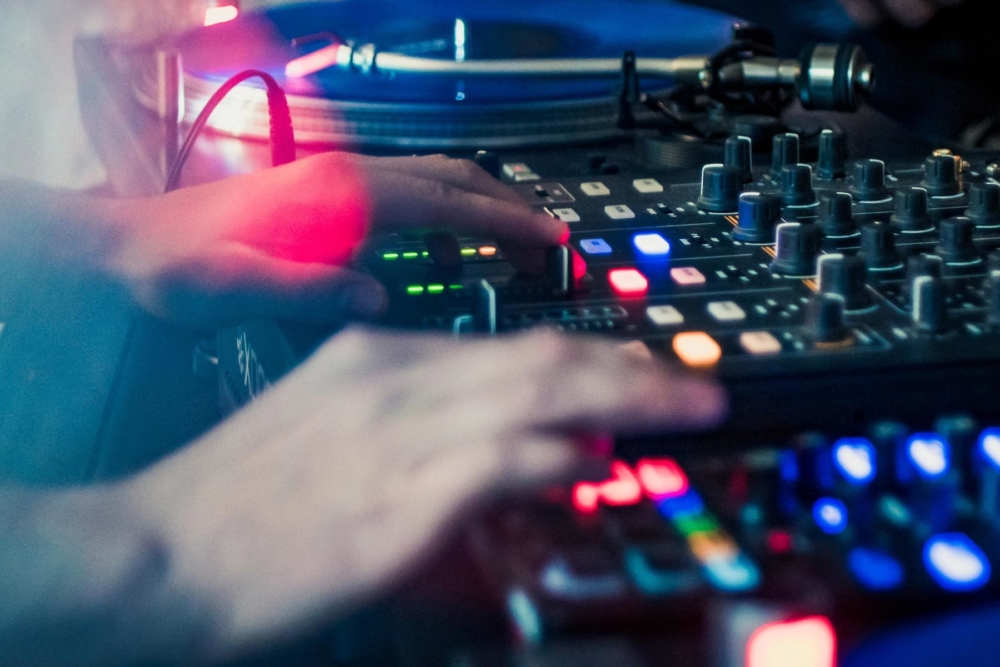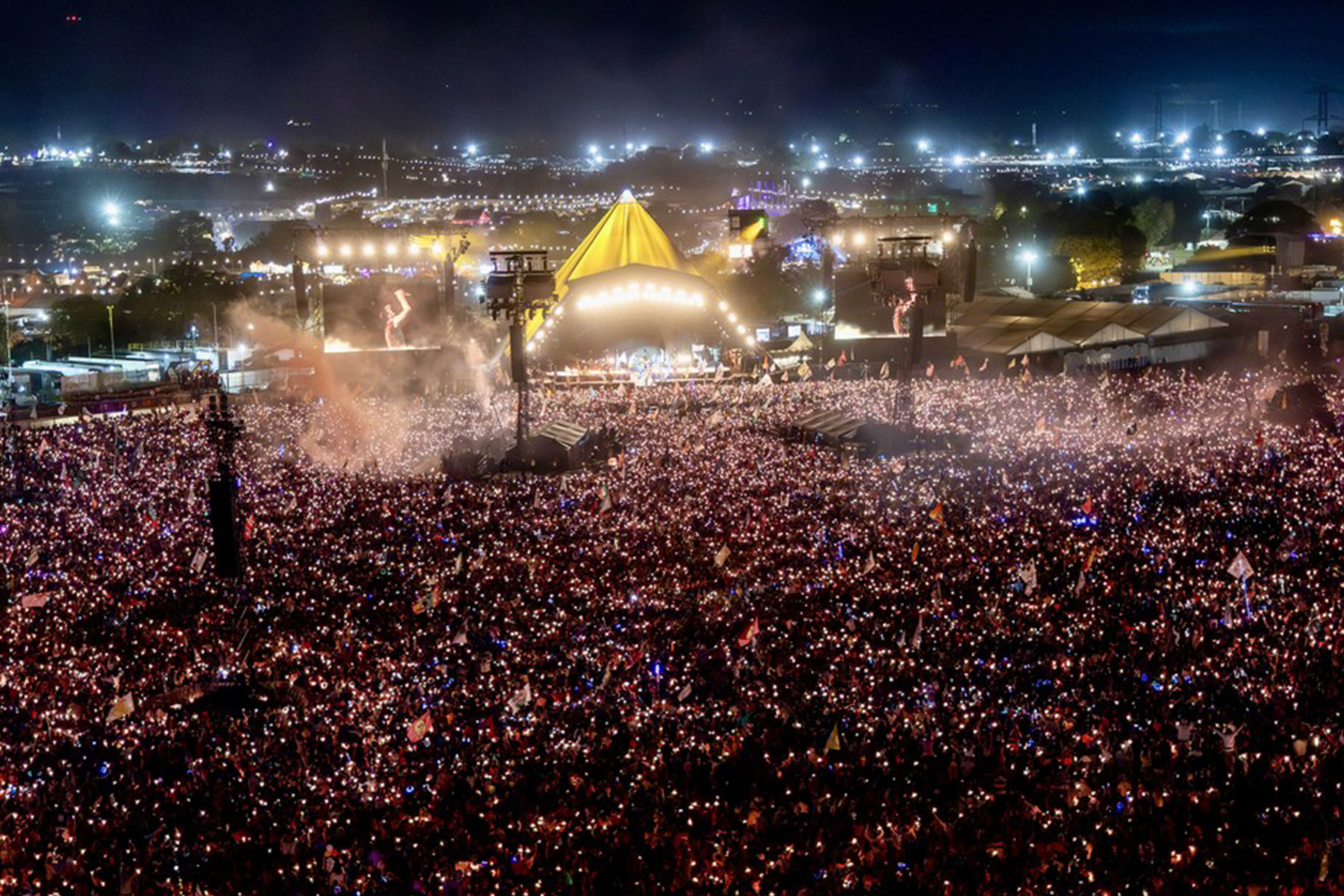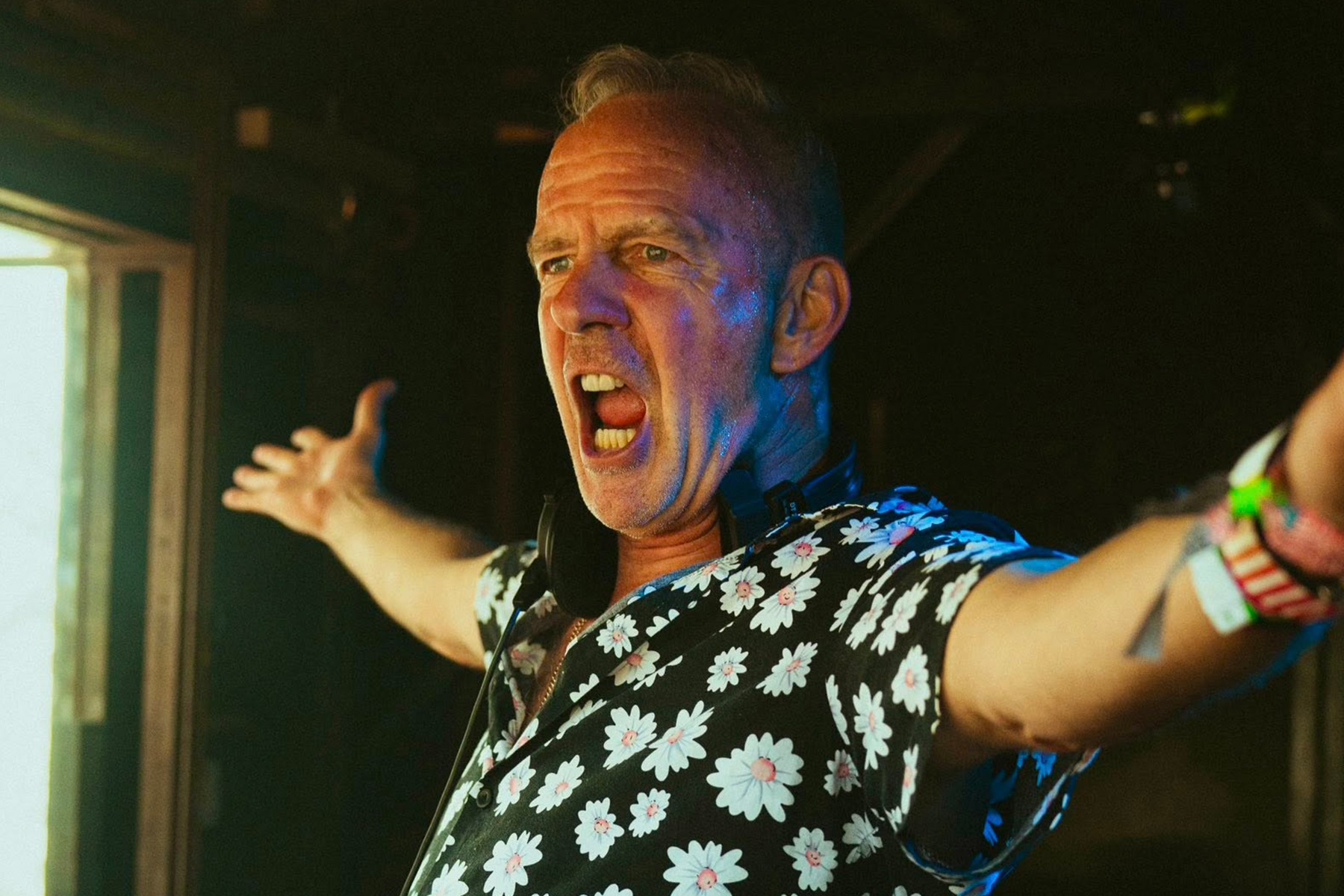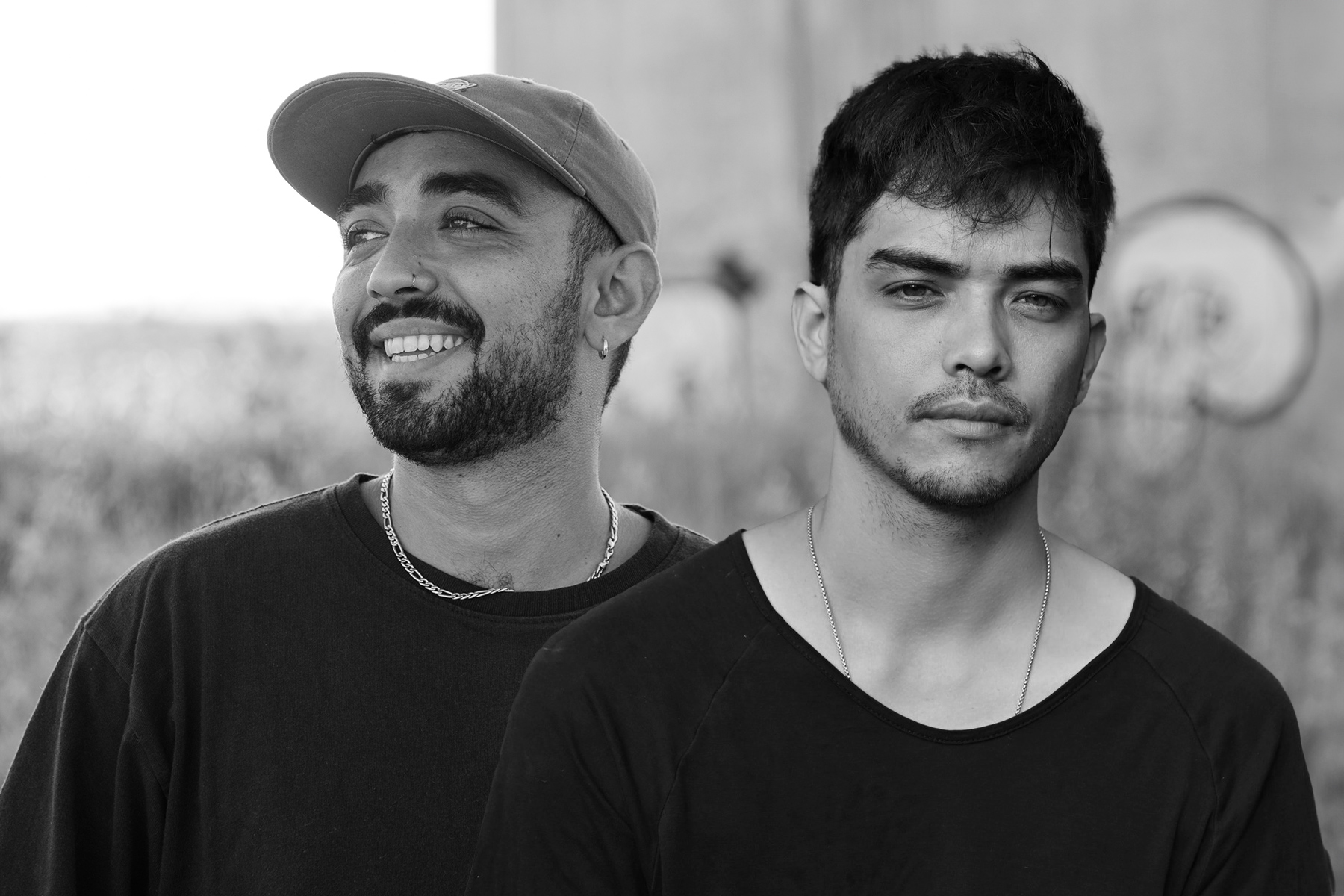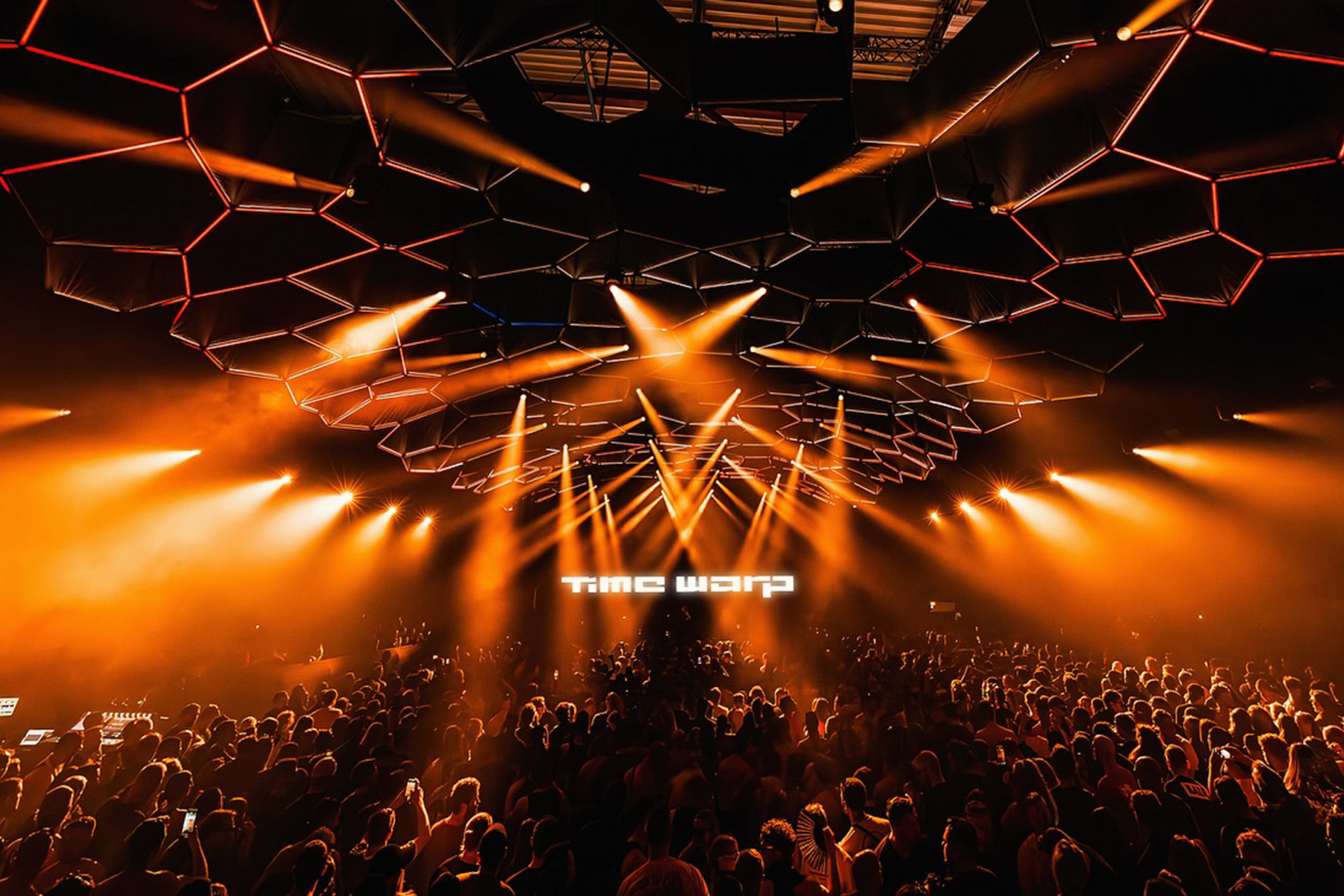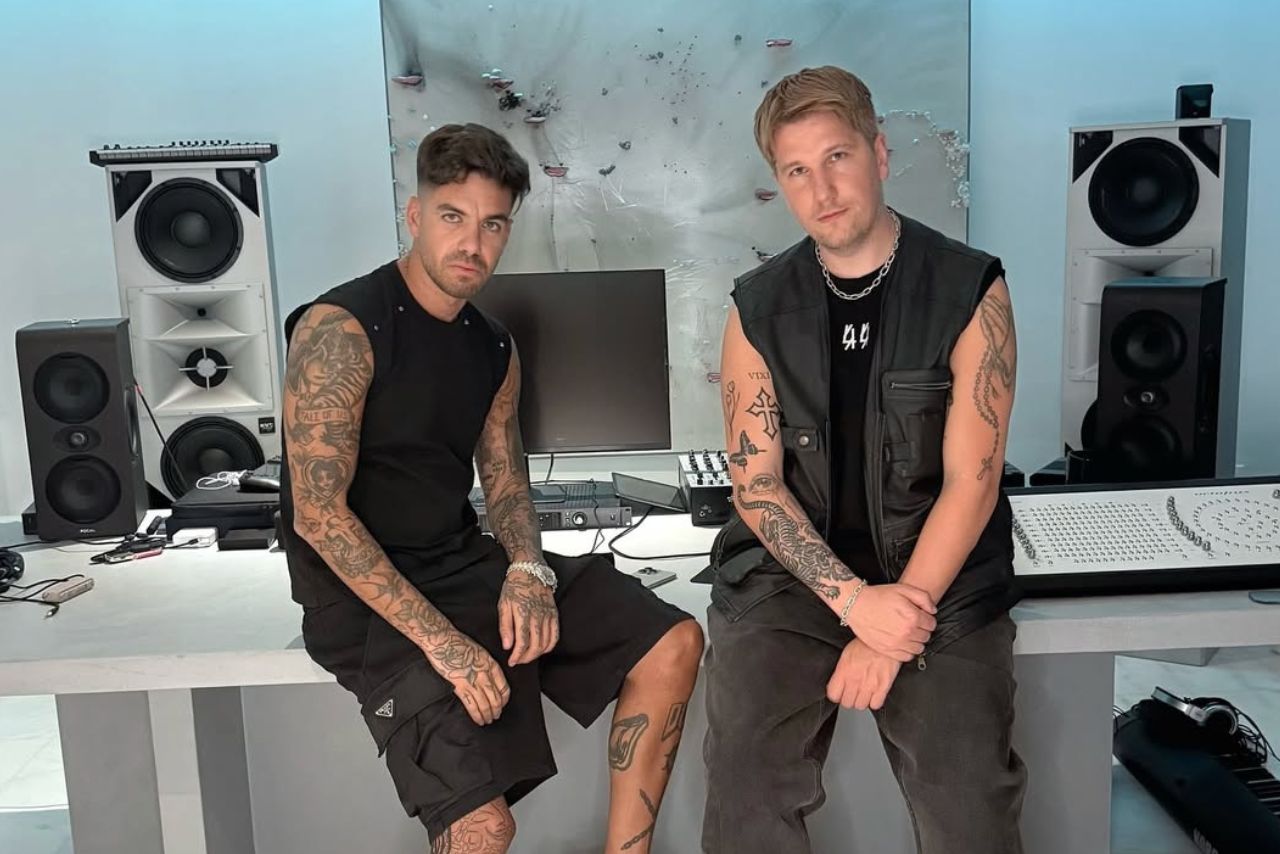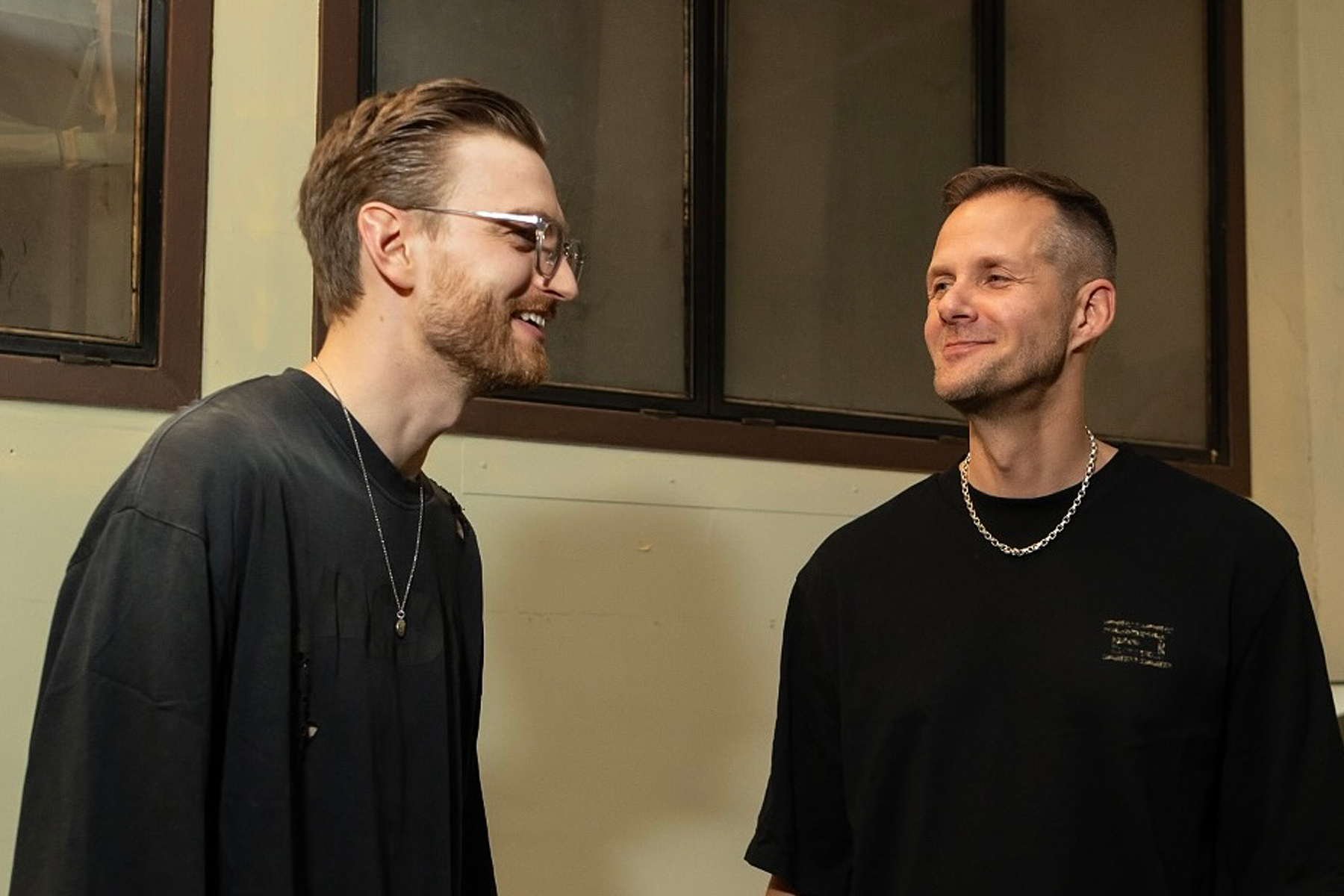A special group of DJs plays a crucial role in the electronic music world. They’re the warm-up DJs, the behind-the-scenes magicians who set the vibe for an amazing night on the dance floor. Sadly, their talent often goes unnoticed in our fast-paced culture, where quick thrills steal the spotlight from the slow, careful building of a musical experience.
Photo by Matt Roskovec on Unsplash
When I was introduced to dance music, “warming up” wasn’t particularly a thing. The genres I grew up with were acid techno and psy trance and things started with a bang and ended with a bang. Years later, I was introduced to house music and everything changed. The warm-up set became a critical phase of any club night, a delicate dance between the DJ and the audience. I was looking to enjoy this patient evolution and progression of sounds, so when a warm-up DJ really went for his big guns, it was not a good surprise and it was felt on the dancefloor.
When it comes to music selection, the warm-up DJ should tread with finesse. As Selador’s Steve Parry points out, “Don’t play any music of the DJ who is coming on after you. It may sound like you are paying them a compliment in your head – but often DJs and producers love to play their own tracks in their sets – so this is a good one to avoid.” Likewise, anthems should have no place in the warm-up set. He also added, “If you are warming up a gig, then warm it up – you don’t need to and shouldn’t play tracks that are big when the club has just opened, it confuses people. Also if you play an anthem early, it probably won’t get played again when the club is full – so you’re actually making clubbers miss out hearing that track at its correct time slot. Much in the same way, the lighting engineer won’t have strobes, lasers, and smoke filling the club as soon as it opens – they will patiently wait for the right time, in harmony with the DJ’s choices.”
Still fresh on the dancefloor, clubbers seek solace in conversation and libations, not an explosive barrage of beats, which I usually find when I rarely have a night out for overpriced watery drinks, but that’s another topic. The warm-up DJ should craft a sonic landscape that gently stimulates, allowing attendees to gradually immerse themselves into the night, instead of a social media soundtrack scroll of the commercial hits everyone is playing.
The art of the warm-up lies in the ability to construct a meticulously paced journey. Each track should be carefully selected, each transition calibrated to perfection. Patience becomes a virtue as the DJ establishes a comfortable rhythm, nurturing the growing energy within the crowd. Slowly, building the vibe becomes the secret ingredient, strategically reserving certain tracks for later in the set when the dancefloor swells with eager revelers. It is a delicate dance between timing and intuition, an unspoken conversation between the DJ and the crowd.
While the warm-up DJ is tasked with priming the dancefloor, they should do this with a delicate balance. Their duty should be to awaken the club but not unleash its full fury. A measured progression is essential, gradually increasing the energy while still leaving room for the night’s headliners to take the reins. By understanding the musical landscape of the evening, the warm-up DJ can create a seamless transition, allowing the following DJs to escalate the intensity without abrupt disruptions.
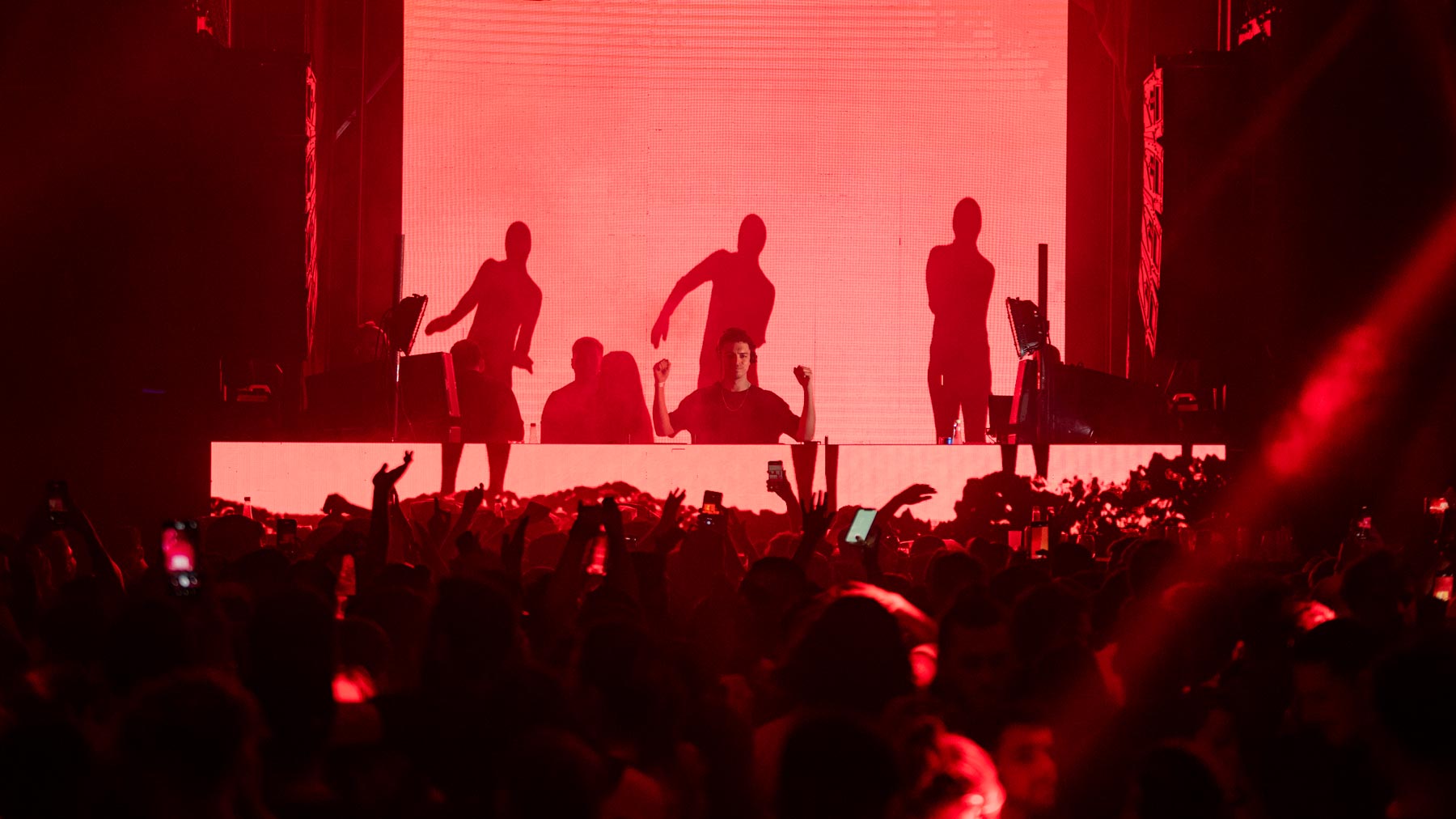 Ezequiel Arias / Photo by WALTERMPAZ
Ezequiel Arias / Photo by WALTERMPAZ
To get more insight into this noble task, we reached out to DJ, producer, and founding member of Melorama Musica, Ezequiel Arias who mentioned, “I believe this is a very important task that also plays a fundamental role in the show. A good warm-up should invite people to enter the party without exceeding the energy level or boring them. It’s a difficult task to achieve, but in my experience, it helped me understand the structure of a night. I think respecting the BPMs, especially the output volume, are two fundamental tips. Understanding that an empty room doesn’t sound the same as a full one and that sound pressure should be progressive.”
To excel as a warm-up DJ, awareness is key. Researching the DJs who follow in the lineup provides invaluable insights into their musical preferences and style. Respecting their trajectory allows for a harmonious flow of musical intensity. A house DJ requires different considerations than a techno virtuoso. By leaving musical headroom for the DJ to follow, the warm-up DJ displays a professional camaraderie, seamlessly connecting the dots and ensuring the night’s cohesive sonic tapestry.
For example, at this last Movement Festival, KiNK was going at it, but on his last track, he de-escalated his pace and set the tone for the closing endeavor of Detroit Techno legend Kevin Saunderson and his son, Dantiez. Once again, awareness is key. It’s not just about you; it’s about the whole experience.
Warm-up DJs possess an unparalleled skill set where recognition is often eluded. They can gauge the room, read the crowd, and create an immersive experience that lingers long after the night’s end. These DJs are like anticipation architects, creating musical scenes that go beyond just playing songs. I think a good warm-up DJ sets the stage for a longer-lasting career.
So next time you find yourself on the dancefloor, immersed in the night’s energy, take a moment to acknowledge the warm-up DJ, who truly is an essential part of the night. Raise a glass to them, maybe even invite them to a beer, and appreciate their ability to set the stage and create a musical journey that lures you deeper into the night.

